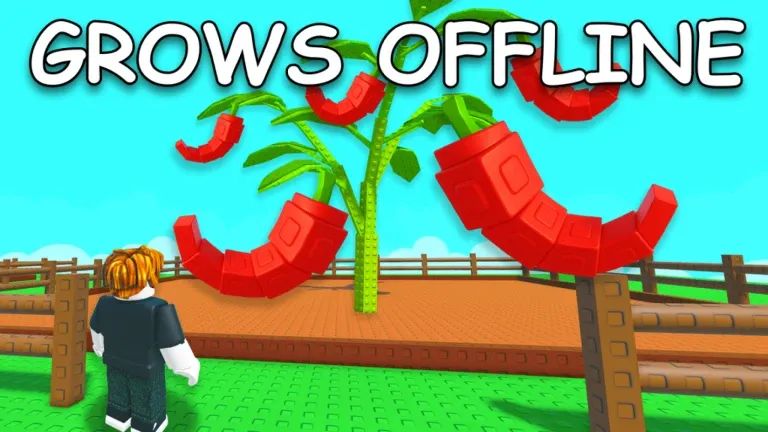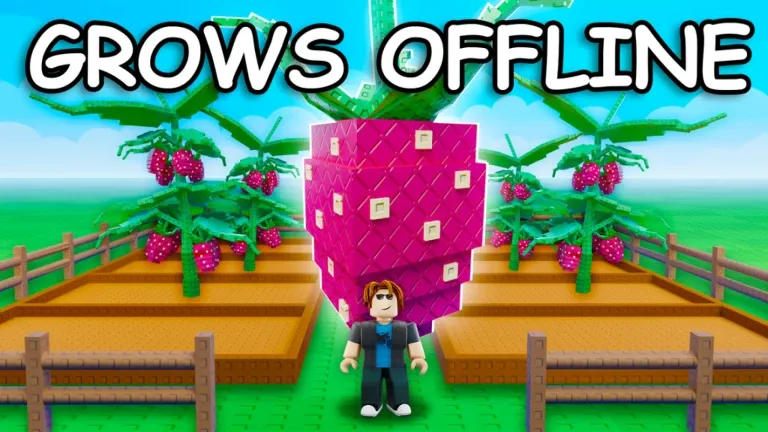Roblox’s Steal a Brainrot is not your typical sandbox or survival experience—it’s a chaos-fueled satire that plays with the concepts of attention, social mimicry, and absurd humor. Beneath its ridiculous exterior lies an unexpectedly intricate layer of rhythm, timing, and behavioral synchronization. This is not just a game about “brainrot,” a meme term describing hyper-saturated internet culture, but also an exploration of how chaos can become coordination and how players subconsciously follow patterns of rhythm, movement, and collective energy.

In this analysis, we will dive into one specific aspect of Steal a Brainrot: the rhythm of chaos—how timing, movement, and sound design combine to create controlled madness. Through this lens, we’ll uncover the artistry behind what might initially seem like nonsense and examine how its viral energy sustains engagement through shared absurdity.
The Pulse of Brainrot: Understanding Its Rhythmic Foundation
At the heart of Steal a Brainrot lies rhythm—not musical rhythm in the traditional sense, but behavioral rhythm. Every player movement, sound cue, and meme action forms a collective tempo that defines the experience.
When players enter a session, they are instantly greeted with a barrage of sound: distorted meme audio, looping beats, and abrupt transitions that seem random. However, this is precisely what sets the tempo. The rhythm here is not about synchronization with a beat, but synchronization through disarray. Players react instinctively to chaos, forming unintentional unison.
The more players engage with this tempo, the more predictable the chaos becomes. They begin to anticipate the drop, the scream, the meme, forming subconscious expectations. The result is a strange, mesmerizing dance of disorder that gives Steal a Brainrot its unique identity.
The Structure Beneath Anarchy
The brilliance of Steal a Brainrot lies in its contradiction: it appears chaotic, yet it follows invisible structural rules. These hidden rules shape how players interact with each other and the environment.
In gameplay terms, “stealing brainrot” involves imitating or spreading erratic behaviors, copying other players’ movements, or disrupting the environment in absurd ways. Yet these interactions often follow a rhythm—a collective pulse that drives everything forward.
For example, crowd energy tends to peak when a meme sound effect plays, followed by short bursts of silence that allow tension to rebuild. This mirrors the structure of musical composition, with rises, drops, and recovery periods. Players may not consciously recognize this pattern, but they feel it, contributing to the sustained energy of each session.
How Movement Becomes Music

In Steal a Brainrot, physical movement functions as an extension of rhythm. The player’s jumping, spinning, and running synchronize with the chaotic audio environment.
The Unseen Beat
Even without a defined metronome, the environment dictates timing. Flashing visuals, sound repetition, and crowd behavior create an implied beat. Players respond with synchronized chaos—jumping when others jump, spinning when sound cues peak.
Movement Imitation and Mimetic Energy
Imitation becomes a form of rhythm-making. When one player starts a trend—say, crouching repeatedly or sprinting in circles—others copy it instinctively. Over time, this imitation becomes the pulse of the game. It’s not just mindless mimicry; it’s communal synchronization built from spontaneous behavior.
The movement system’s responsiveness amplifies this. Sudden changes in camera angles or exaggerated animations exaggerate the tempo, giving every motion a rhythmic flavor.
Sound as Chaos Conductor
Sound design in Steal a Brainrot deserves recognition as its main conductor of chaos. It merges distorted memes, random voice clips, and musical glitches into an overwhelming but strangely cohesive experience.
Layered Soundscapes
Each layer—ambient sound, meme audio, player actions—creates a wall of noise that defines the environment’s tone. This layering isn’t accidental; it mirrors how viral content online layers sensory overload to command attention.
Cognitive Overload as a Feature
The concept of “brainrot” itself stems from overstimulation. Here, sound design intentionally overstimulates, making the player oscillate between amusement and discomfort. Yet this overload becomes rhythmic—the rapid shifts in pitch, tone, and timing mimic the quick-scroll behavior of short-form content consumption.
The Social Feedback Loop
Perhaps the most vital component of rhythm in Steal a Brainrot is social rhythm—the tempo established by collective reactions.
Viral Synchronization
Players naturally align their timing based on others’ actions. If one player initiates chaos, the group synchronizes unconsciously. This synchronization mirrors the way internet trends spread—rapid, uncontrollable, yet rhythmically patterned.
The Feedback Cycle
Each burst of chaos produces laughter, confusion, or mimicry. These reactions feed back into gameplay, pushing energy levels higher. The result is a self-sustaining loop that keeps sessions unpredictable yet strangely organized.
This collective rhythm is the lifeblood of Steal a Brainrot. Without it, the chaos would collapse into incoherence.
The Aesthetics of Controlled Madness
The art direction of Steal a Brainrot enhances its rhythmic identity through color, movement, and visual repetition.
Visual Overload as Pattern
The game uses bright, contrasting colors, quick flashes, and exaggerated motion to match the sonic intensity. Each frame feels like it’s moving to an unseen beat. Visuals become a percussive element in the rhythm of chaos.
Consistency Within Confusion
Despite its overwhelming design, Steal a Brainrot maintains visual consistency—every chaotic element feels deliberate. The result is harmony born from absurdity, a rhythm of visual madness that keeps the player immersed.
Cultural Reflection Through Gameplay Rhythm
At its core, Steal a Brainrot mirrors modern internet culture’s tempo: fast, meme-driven, and unpredictable. Its rhythm is the rhythm of digital overstimulation itself.
Mimicry and Virality
Just as social platforms thrive on mimicry and trends, so too does Steal a Brainrot. Each player action mirrors how online users copy viral behaviors. The rhythm of this mimicry reflects the algorithmic cycles of attention and boredom.
The Meta-Irony of “Brainrot”
By embodying the very chaos it critiques, the game becomes a meta-commentary on how overstimulation shapes digital identity. It’s both parody and participation—a rhythm of irony and self-awareness that keeps it culturally relevant.
Designing the Experience of Overstimulation

Behind every successful meme-fueled game lies intentional design. The developers of Steal a Brainrot balance unpredictability with structured flow.
Pacing the Madness
Each session is built to ebb and flow between chaos and calm. The developers understand that constant overload numbs players, so they punctuate noise with silence, movement with stillness. This pacing is key to maintaining rhythm without fatigue.
Interaction Density
The frequency of player interaction dictates tempo. When many players act simultaneously, the tempo accelerates; when few do, it slows. This dynamic tempo system ensures every session feels alive and unique.
Community as the Composer
Unlike traditional games where developers control rhythm, Steal a Brainrot gives that power to its community.
Emergent Patterns
Players compose their own rhythms through movement, sound triggers, and timing. This emergent gameplay transforms the experience into a living performance.
Collaborative Chaos
Every server becomes a concert of confusion—each participant contributing a note of madness. The sense of shared rhythm creates belonging, even within absurdity.
Evolving the Brainrot Meta
As the community grows, new trends form—new dances, new memes, new rhythmic behaviors. This evolution keeps the game’s rhythm fluid and culturally reactive.
Mutation and Reinvention
Just as memes evolve online, so too do player behaviors. The rhythm of chaos shifts with every update, maintaining freshness and unpredictability.
Sustainability Through Change
By allowing rhythm to evolve, the developers ensure that Steal a Brainrot never stagnates. It stays culturally synchronized with the internet’s ever-shifting tempo.
Conclusion: Harmony Within Madness

Steal a Brainrot is not random—it’s rhythm wearing the mask of insanity. Beneath the memes and mayhem lies a deep understanding of timing, synchronization, and collective behavior. Its success comes from turning chaos into structure and noise into rhythm, transforming overstimulation into art.
Through rhythm, movement, and shared absurdity, Steal a Brainrot captures the pulse of the modern internet age: unpredictable yet patterned, chaotic yet connected. The game is both a critique and celebration of our era’s sensory overload—an experiment in finding beauty within noise.

















